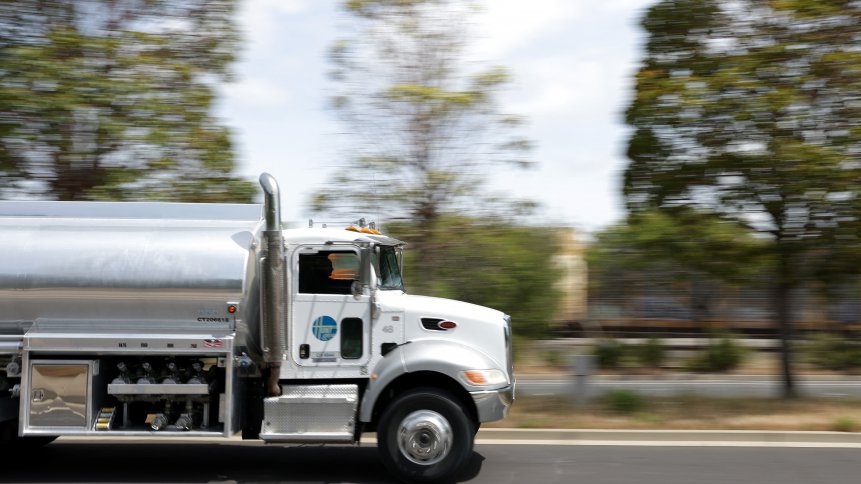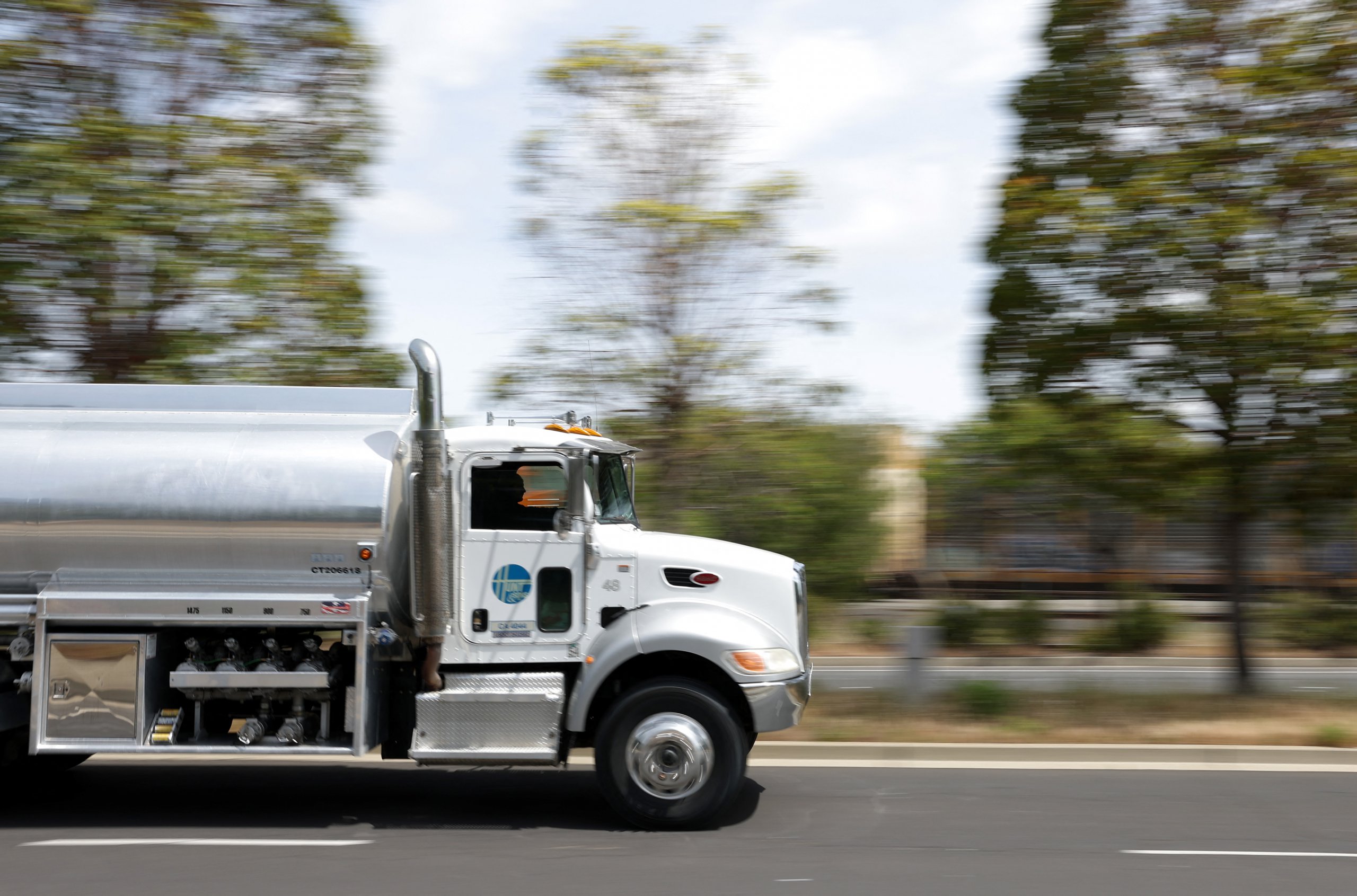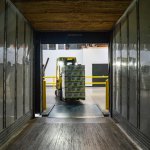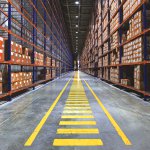Sophisticated tech powers eCommerce logistics by countering rising fuel costs

Diesel prices are soaring and it is easy to feel powerless in the face of global markets, but there is one area where eCommerce businesses, along with their logistics, 3PLs, and carriers can easily make real savings on fuel costs while reaping a host of other benefits.
According to the trade body Logistics UK, fuel accounts for around one-third of the annual running costs of a heavy goods vehicle (HGV). For smaller vehicles engaged in ‘last mile’ delivery the proportion may be even greater: they are more likely to be burning diesel stuck in urban congestion, or idling while doorstep deliveries are made – a surprising proportion of drivers still hold the old-school view that idling is more economic than starting and stopping the engine. With many carriers operating on margins as low as 1%, any rise in fuel prices poses an existential threat.
Crude oil prices have been hurtling upwards, by 41% since the start of the year, with much of this predating and independent of the Ukrainian conflict. Although prices eased a little in April, peaks of around US$140 a barrel were reached in March and the average price for that month was over $100. Pump prices were up 24% year on year and still rising.
But for many carriers and their customers, the situation is even worse. A lot of vendors entered or increased their dependence on eCommerce and the prerequisite logistics, home delivery, and market at the beginning of the pandemic – at a time when oil prices were freakishly low: around US$20 a barrel in April 2020. Any business that based its eCommerce logistics case on those sorts of figures, likely including delivery for free or at a nominal charge and thus with little scope to recover increased costs, is in serious trouble.

In early May, the price of diesel has reached an all-time high in the U.S. and is causing trouble in the trucking industry. (Photo by JUSTIN SULLIVAN / GETTY IMAGES NORTH AMERICA / Getty Images via AFP)
But the irony is that a large proportion of that diesel is being burnt simply to ship air. The use of significantly oversized packaging is Standard Operating Procedure for many in the industry, who see apparent economies in stocking a limited range of preform shapes and sizes, and packing goods in ‘the next size up’.
Now as it is, across Europe 24% of road freight movements run completely empty. Over 50% run part-loaded. But even for trucks and vans that are crammed to the ceiling with packages, an unknown but clearly large proportion of the payload is simply air. That means more HGVs than necessary are running trunk routes and many more smaller vehicles engaged in ‘last mile’ deliveries are quite possibly having to return to the depot to reload several times per shift – yet more empty running.
It doesn’t have to be like this. Obviously, hand-building every package to size would be ruinously expensive and could never meet the throughput requirements, but it is now possible to ‘tailor-make’ boxes and cartons right-size for individual items or groups of items, on high-speed automated lines.
Using sophisticated scanning technology and advanced algorithms, automated fit-to-size packing systems from Sparck Technologies – such as the CVP Everest – can cut, fold, seal, label, and check-weigh individualized packages at rates of up to 1,100 per hour with just two staff. And as each box is made to exactly the right size, there is no wasted space and no void-fill is required.
There are plenty more benefits – radically lower material use (and card and plastics are themselves being hit by high energy prices), better use of staff, increased consumer satisfaction, lower impact on waste disposal services, improved environmental performance, and so on.
But let’s focus on fuel. Our real-life customers have reduced the volumes they ship by anything up to half (50%). Potentially, that could translate into a halving of the fuel cost – the principal variable element – of home delivery. Of course in practice, it may not be possible to capture all of that saving, but even a portion realized will reduce both the amount and the variability of delivery costs. In fact, one of our customers is able to save a 40ft trailer a day using the CVP fit-to-size packaging system.
In the current economic climate, installers of Sparck Technologies’ CVP fit-to-size automated packaging systems will see returns on investment almost immediately. And when, or if, oil prices subside, or everything goes electric, the technology will continue to deliver its many other benefits.
Article contributed by Jo Bradley, Business Development Manager at Sparck Technologies









